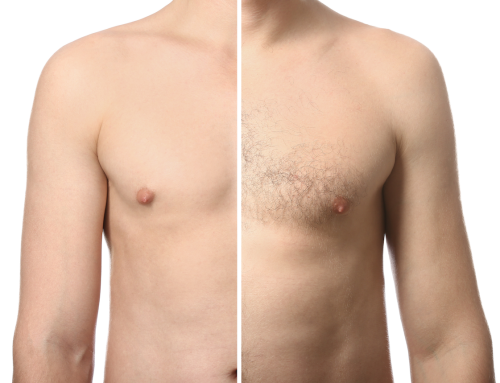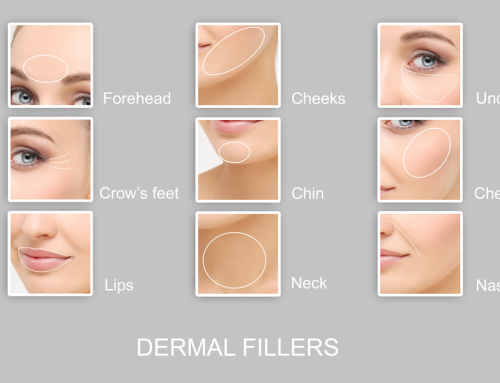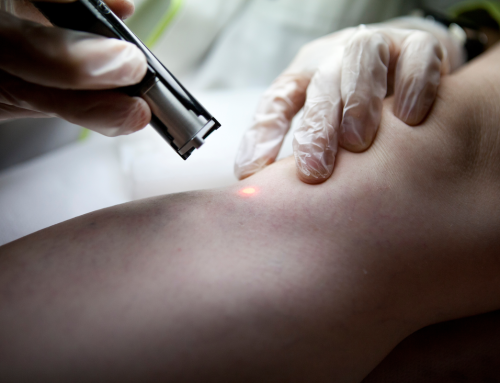Filler or Botox: Which Is Better for Reducing Wrinkles?
Filler or Botox: Which Is Better for Reducing Wrinkles?
If you’re considering injectables to reduce the appearance of wrinkles, you may be wondering whether filler or Botox is the better option. Both treatments can be effective in reducing the appearance of wrinkles, but there are some key differences between the two that can help you decide which is right for you.
Botox is made from a purified protein that temporarily paralyzes the muscles that cause wrinkles. It’s most commonly used to treat crow’s feet and forehead lines. Filler, on the other hand, is made from a variety of materials, including hyaluronic acid, collagen, or fat. Fillers are injected beneath the skin to plump up wrinkles from the inside out. One of the main advantages of Botox is that it is a non-invasive treatment. There is no recovery time required after injection, and you can typically expect to see results within a week. Botox is also highly effective, with most patients seeing a significant reduction in the appearance of wrinkles.
Filler also has its advantages and disadvantages. Fillers are a longer-lasting solution than Botox, typically lasting six months to a year. They can also be used to treat a wider range of wrinkles, including those that are deeper and more severe. However, filler is a more invasive treatment than Botox, so there is a risk of side effects such as bruising, redness, swelling, and even infections.
So, which is better for reducing wrinkles? The answer may depend on your individual needs and concerns. If you want a non-invasive treatment with no recovery time required, Botox may be the best option. However, if you’re looking for a longer-lasting solution that can treat deeper wrinkles, filler may be the better choice. Ultimately, the best way to decide which injectable is right for you is to consult with a board-certified dermatologist or esthetician.
Pros and Cons of Botox and Filler for Reducing Wrinkles
As people age, they often become concerned about wrinkles and other signs of aging. There are a number of ways to reduce the appearance of wrinkles, including Botox and filler injections. Both procedures have pros and cons that should be considered before making a decision.
Botox works by temporarily paralyzing the muscles that cause wrinkles. This can result in a more youthful appearance, but it may also cause side effects such as headaches, nausea, and droopy eyelids. Additionally, Botox only lasts for a few months, so it must be repeated on a regular basis to maintain results.
Fillers, on the other hand, work by filling in wrinkles and adding volume to the face. This can provide a more natural-looking result than Botox, but fillers can also cause side effects such as bruising, swelling, and itching. Additionally, fillers only last for a few months before requiring touch-ups.
Both Botox and fillers have pros and cons that should be considered before deciding which is right for you. Talk to your doctor about your specific concerns to find out which procedure is best for you.
How Long Do Results Last with Botox and Filler for Reducing Wrinkles?
Many people are interested in reducing the appearance of wrinkles, but they may be wondering how long the results will last. Botox and filler are two popular options for reducing wrinkles. While the results of Botox typically last for 3-4 months, filler can last for 6-12 months. It is important to keep in mind that the results will vary from person to person, and it is best to consult with a qualified physician to see which option is best for you. With proper care and maintenance, you can enjoy long-lasting results with either botox or filler.
How Does the Downtime Compare for Botox and Filler for Reducing Wrinkles?
Filler and botox are both medical treatments used to reduce the appearance of wrinkles. Filler is injected into the skin to fill in lines and plump up the skin, while botox is injected into the muscles to relax them and prevent them from contracting. Both filler and botox require downtime for the patient to recover from the injections, but there are some subtle differences between the two. Filler generally requires more downtime than botox, as the injection site is usually larger and there is more risk of bruising or swelling. However, filler typically lasts longer than botox, so patients may need to schedule less frequent treatment sessions. Ultimately, the decision of which treatment to pursue will come down to patient preference and physician recommendation.
Both filler and botox are effective options for reducing wrinkles. However, there are some subtle differences between the two that should be taken into consideration before making a decision. Filler requires more downtime than botox, but it typically lasts longer. Botox may be a better option for those who want a quick, non-invasive treatment with no recovery time required. However, filler may be the better choice for those looking for a longer-lasting solution that can treat deeper wrinkles. Ultimately, the best way to decide which injectable is right for you is to consult with a board-certified dermatologist or esthetician. Contact The Modern Medical Spa today to find out how we can help you get the smooth skin of your dreams!















